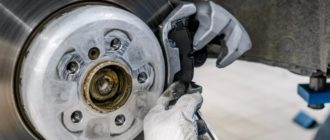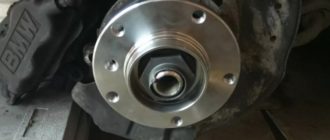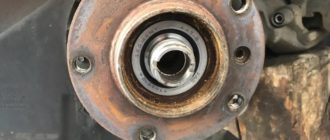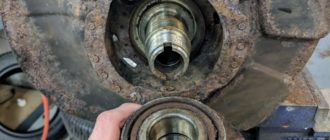The BMW gearbox is an essential part of the car responsible for transmitting and converting torque to the driven axle. This particular component in the car is responsible for reducing the high rotational speed coming from the input shaft. The reduction is achieved through the operation of internal elements, with subsequent transmission to the output shaft of the gearbox.
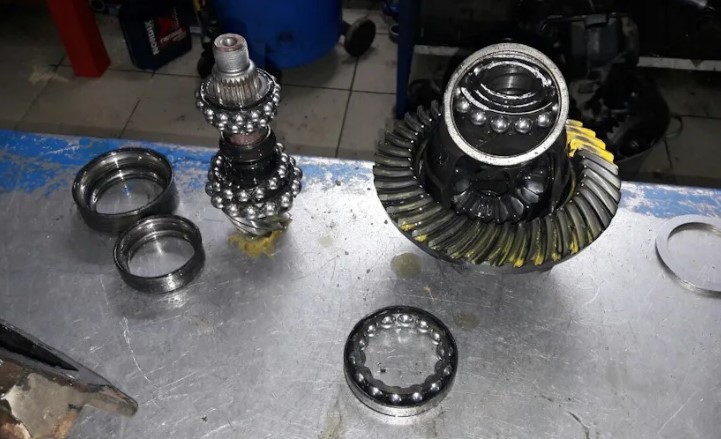
The design of the BMW gearbox consists of a sturdy housing containing interacting elements: shafts, gears, axles, bearings, worm mechanisms. Their interaction is facilitated by oil, lubricating and cooling the rubbing elements.
Thus, the gearbox is a rather complex transmission unit consisting of a considerable number of parts. Therefore, its failure is not surprising, despite the fact that the German manufacturer is valued for the quality of its products, endowed with a great strength reserve. However, the condition of our roads significantly accelerates the failure of any parts.
The most common faults of the BMW gearbox are the wear of the oil seal and the compromised sealing of the assembly, resulting in oil loss. The decision to repair the gearbox is made depending on the technical condition of both the device itself and its internal elements. For this purpose, the gearbox is disassembled, and its components undergo a thorough inspection.
The replacement of the gearbox should only be considered when restoring it to factory condition is not feasible, or when the cost of repairs exceeds the price of a new gearbox.
The fifth generation of the BMW 3 series is a rear-wheel-drive vehicle, and gearbox repair may be required every 60-80 thousand kilometers. Many experts can confirm that in terms of design, this car unit has certain flaws and miscalculations.
From an engineering standpoint, the rear gearbox is an important mechanism whose task is to transmit torque to the driven axle of the wheel. Accordingly, gearbox failure causes a complete stop of the car and renders it unable to continue operation. Delaying the repair of this unit should be avoided, as it may lead to more complex repairs and expensive costs.
Signs of gearbox failure
Most car owners often notice a noise coming from the rear of the car. The cause of this may be the wear of the hub bearing or the rear gearbox bearing.
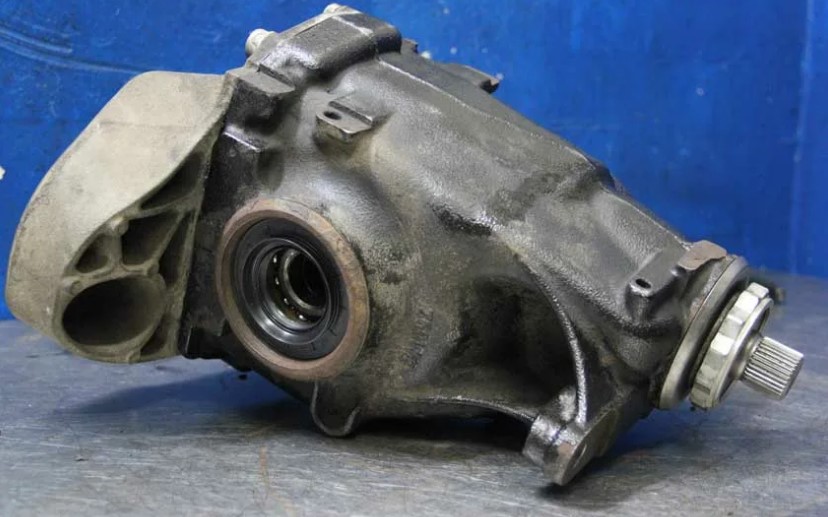
The noise can be a result of natural wear or may be due to regular aggressive driving or untimely transmission oil replacement. Premature bearing wear of the rear gearbox can be the consequence.
The main signs of gearbox failure include:
- Constant noise near the rear wheels;
- Metallic knocking sound coming from the gearbox;
- Jerking sensation when shifting gears.
Causes of malfunctions
One of the main reasons is a design flaw. The thing is, for ball two-row bearings, the service life is only 80 thousand kilometers.
Another factor is the neglect of transmission oil change regulations, as some drivers believe it is not necessary throughout the entire period of use. In reality, the oil change should be done every 50-60 thousand kilometers.
BMW rear gearbox repair
The rear gearbox in BMW has a significant design flaw — the service life of two-row bearings ranges from 80 to 150 thousand kilometers. The duration depends on the scheduled oil change interval, which often remains unchanged due to the absence of a drain plug.
In reality, the replacement frequency set by dealerships is 80 thousand kilometers, with the average being from 50 to 60 thousand.
The differential or differential bearings are hardly subject to wear since they operate with reduced load.
Repairing the gearbox is not always feasible due to increased bearing load, especially on two-liter engines, as they work for a short period of time, after which malfunctions occur again.
The solution to this situation is the installation of a reinforced gearbox, which in terms of strength and durability far exceeds the standard version and, therefore, lasts longer. According to specialists, it is advisable to opt out of installing a standard gearbox and switch to a reinforced one. The approximate cost of such installation ranges from 45 to 50 thousand Russian rubles.
DIY BMW steering gearbox repair
Many master craftsmen in auto repair shops will say that the play in the zero zone of the steering wheel cannot be repaired and cannot be eliminated without a complete replacement of the steering gearbox. The occurrence of a malfunction, such as a broken middle tooth, can be due to the following reasons:
- Multiple potholes on the roads;
- Straight driving without turning the steering wheel.
The problem can be solved using an adjusting bolt, which can be tightened, but this can lead to the breakdown of the power steering pump, as the steering wheel may simply jam. It is easy to do this — take sandpaper and a harder block.

